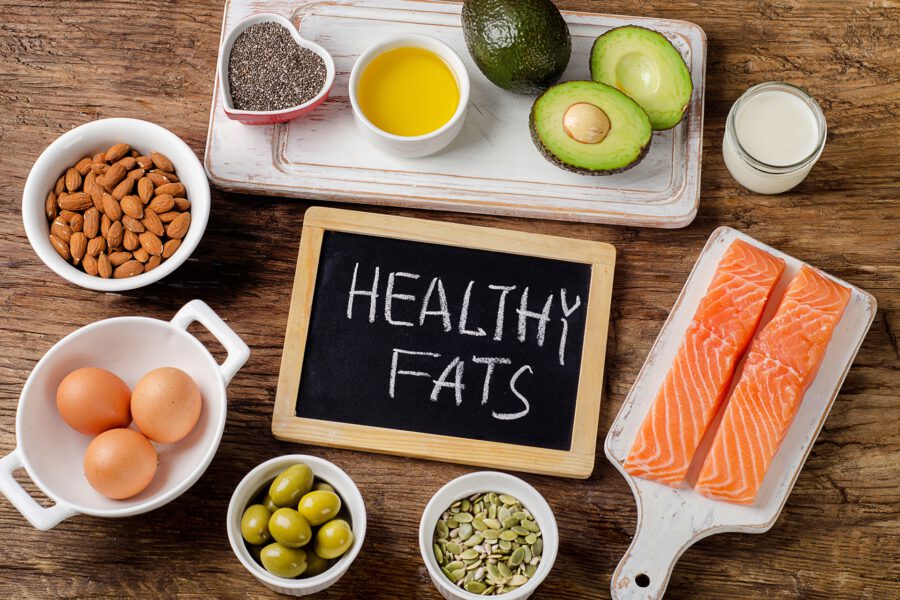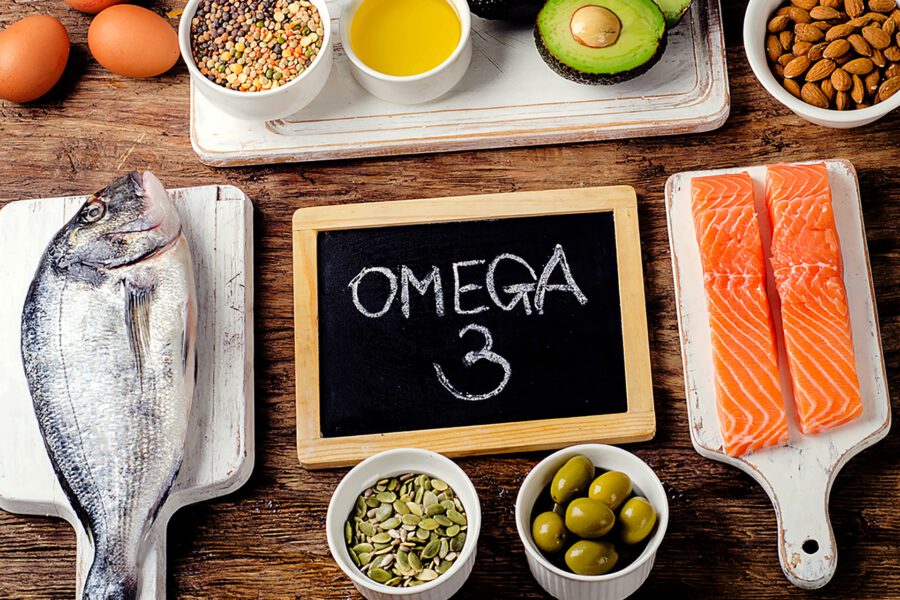Why You Need to be Eating Healthy Fat - And Where To Get It.
It wasn’t that long ago (think back to the 80s), when there was no such thing as healthy fats. Back then all fats were demonized as the major cause of obesity and heart disease. Fortunately, we’ve wised up since then. We now recognize that there are good and bad fats. In this article, we explore why you need to be eating healthy fats and provide 5 ways to incorporate them into your diet.
Fats can be classified into three groups:
- Saturated
- Unsaturated
- Trans Fats
There is a common belief that saturated fats are bad and unsaturated fats are good. However, good health requires a balance of fatty acids, including saturated fats.
The difference between saturated and unsaturated fats comes down to their bond structure. Saturated fats do not contain any double bonds and they have a full complement of hydrogen molecules associated with each carbon molecule. Unsaturated fats do contain double bonds and have fewer hydrogen molecules. Saturated fats are found mainly in animal-based foods whereas unsaturated fats are predominant in plant-based foods.
Because many people eat a lot of animal-based foods and few plant-based foods, they have an imbalance in favor of saturated fats. This is often combined with a high carbohydrate intake, which appears to accentuate the ill-effects of a high saturated fat intake. It is recommended that our unsaturated to saturated fat intake should be around 65:35.
Common sources of saturated fats include:
- Meat
- Poultry
- Butter
- Cheese
- Palm Oils
The majority of unsaturated fats are liquid at room temperature and mainly come from vegetables and plant sources. They come under two subcategories:
- Monounsaturated fats
- Polyunsaturated fats
Monounsaturated fats have the ability to reduce blood cholesterol levels and insulin levels. The best food sources of monounsaturated fats are:
- Olives
- Nuts
- Avocado
- Olive Oil
- Canola Oil
- Peanut Oil
Polyunsaturated fats are unique because they contain Essential Fatty Acids (EFA’s). EFA’s are the fatty acids that your body cannot produce and that must be provided through the diet. The two main EFA’s are . . .
- Omega-6
- Omega-3
By far the worst of the three types of fats is trans fats. These have been shown to raise bad LDL cholesterol levels while, at the same time, reducing good HDL cholesterol. Saturated fats can be eaten in moderation but it is the unsaturated kind that is the real star of the show. These healthy fats have been shown to act in just the opposite way to trans fats - they increase HDL and lower LDL cholesterol.
Here’s a workout that will help you burn your excess of fat:
1. Switch Up Your Oils
One of the best ways to add healthy fats to your meals is to get rid of your old cooking oil and replace it with olive oil. The active ingredient in olive oil is oleic acid, which has been shown to produce a whole host of health benefits, including reducing inflammation and fighting free radical damage.
Get into the habit of using butter when cooking in a pan. Butter is an excellent example of a saturated fat that possesses many health giving properties. Contrary to what scientists used to think, butter will actually improve your cholesterol, increasing the HDL count while bringing down the LDL number.
The focus on cutting fats from the diet led to a deficiency in essential fatty acids. Essential fatty acids are the fatty acids that your body cannot manufacture and, therefore, must be supplied through the foods you consume. The two main ones are Omega-3 and Omega-6. Most people have no trouble getting enough Omega-6, which is plentiful in red meats and refined grains. It is Omega-3 which is lacking in the Western diet.
A recent study identified the Omega-6 to Omega-3 ratio of the typical Western diet as being 20:1. There is, therefore, a real need to increase our consumption of Omega-3 fatty acids. Here are 10 key reasons why you need more Omega-3 good fats in your body:
Improve insulin sensitivity
Improve joint health
Improve energy
Enhance oxygen transfer
Suppress cortisol production
Improve skin texture
Promote muscle growth
Increase your metabolism
Help burn fat
Reduce Inflammation in the Body
5 great sources of Omega-3 fatty acids are:
- Tuna
- Salmon
- Walnuts
- Canola Oil
- Flaxseeds
Cheese is an excellent source of saturated fat that is very low in carbs and contains a moderate amount of protein. That’s a pretty good macronutrient mix for good health and weight control. Have them with crackers as a snack or appetizer to a main meal. All cheeses are good, with hard cheeses such as gouda generally having the highest fat to carb differential.
Bacon is one of those delicious foods that many people think are bad for them. That harks back to the time when all fats were demonized, especially the saturated variety. Bacon is actually a nutritious food that delivers about 13 grams of protein per 100 gram serving, along with a healthy dose of potassium and around 40 grams of saturated fat with very few carbohydrates.
Adding healthy fats to your diet will boost your overall health, providing you with more energy and helping to keep you safe from heart disease. Try incorporating one of our tips per week over the next 5 weeks to give yourself the healthy fat advantage.

